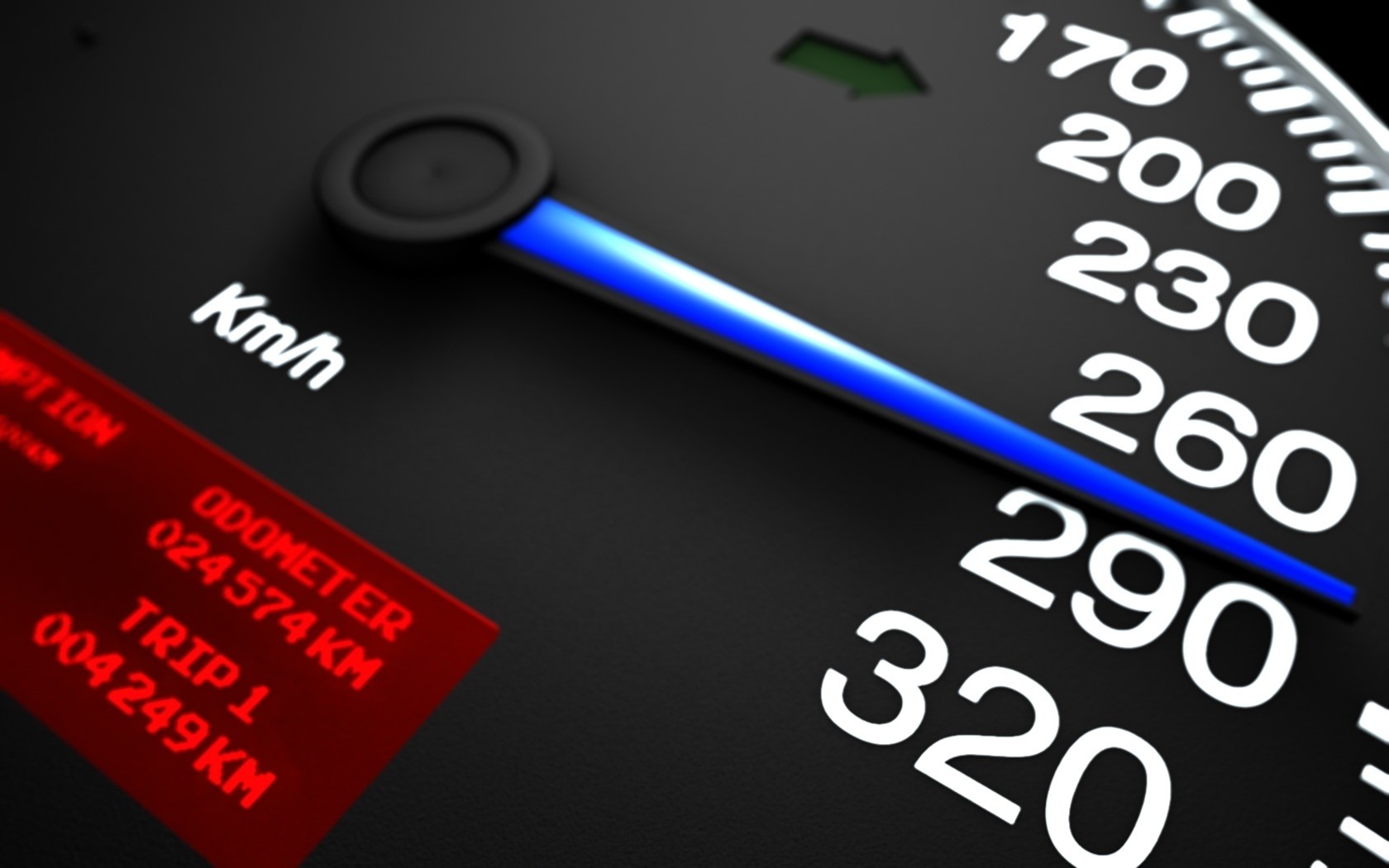Motorists will soon find it harder to get away with traffic offences while the police will find it easier to recover stolen vehicles following the launch of electronic stickers in a State project expected to cost vehicle owners up to Sh 2.3 Billion.
The stickers, to be affixed on vehicle windscreens, will in an instant tell police and NTSA officials whether a car is stolen, its insurance status and history of traffic offences. The National Transport and Safety Authority (NTSA) yesterday announced it had procured 1.3 million of the electronic stickers from a German company, the first batch of an expected 3.3 million.
Motorists will pay Sh700 each for a sticker, indicating the NTSA could collect up to Sh2.3 billion from vehicle owners. “We are heading to a point where when you commit a traffic violation, you do not have to be arrested and taken to court —the readers will capture your details from the chip and we shall send you a notification of the offence committed and fine to be paid within a certain period,” said the NTSA director-general, Francis Meja.
It will be mandatory for all cars registered from July 1 to have the new stickers, which will be embedded with electronic chips. The electronic chips will be loaded with each vehicle’s details, including the number plate, model and chassis number that will be linked to a central database.
The stickers will use radio-frequency technology to transmit information to the NTSA’s core system, via hand-held readers or overhead street cameras. Mr Meja said the new technology will assist in automation of law enforcement and boost recovery of stolen vehicles.
“Once the sticker is placed on a vehicle, you cannot remove it without destroying it. Our readers can be pick data on the sticker even from a distance of over six metres. It can even read details of a vehicle moving at 200 kilometres per hour,” he said.
Decade-Long Shelf Life
The sticker has a 10-year shelf life. Commercial vehicles will have to comply by the end of the year as a prerequisite to pass roadworthiness inspection while all other motor vehicles are expected to be compliant by early 2018. Private motorists will be required to acquire the stickers when renewing their annual insurance.
There are over two million registered motor vehicles in the country, according to the NTSA. Tönnjes Group, the German-based supplier of the stickers, says it signed a deal to supply and support installation of 3.3 million of them over three years.
Despite the fact that billions of shillings have been spent installing different versions of security and traffic cameras in major towns across the country, there exists no linkage between motorists and the NTSA database.
This deficiency has emboldened motor vehicle thieves since they swap number plates upon stealing a car, helping to throw the police off their tracks.
Unruly motorists on the other hand break the law with impunity by, for instance, jumping red lights or overlapping even when the cameras are in range.
Tönnjes says its “holographic windshield label” are tamper-proof and tamper-evident and that “stripping off the tag, for example to obscure a car theft, is impossible.”
Their technology is being used in countries like Peru and Cayman Islands. The windshield labels are also referred to as third licence stickers, with the preceding two being number plates affixed to the front and back of a vehicle.
The NTSA, which has been piloting the technology internally for several months, purchased each sticker at Sh300, with the additional amount going towards the cost of the system and its maintenance over several years.
“When motor vehicle thieves are apprehended, it is common to find them with several sets of number plates. If there is damage to the sticker, officers should automatically regard the cars’ occupants as suspicious,” said Mr Meja.
“We have cameras all over but without a proper way of linking the vehicle to the cameras and database, they will be pointless.”
Digitise Information
The NTSA says the introduction of the stickers is part of the ongoing process to update and vet information present in its central automobile database —traffic information & management system (TIMS).
The update, which is expected to be complete by 2020, has seen the authority recently migrate processes like transfer of motor vehicle ownership to the digital space as manual filings were discarded.
The NTSA says the new windshield labels could in future be embedded with insurance, inspection and road service, leading to the eventual discarding of paper sticker licences.
Mr Meja said technology will also come in handy when toll stations are introduced on major highways. The embedded chip, he says, will be capable of billing motorists automatically without them having to bring their vehicles to a halt.
“We are preparing the ground for a radical change in the way we do enforcement. We have been highly dependent on human beings on the ground who can decide to ignore some things and act on others” he said.
Also Read: Acquisition Of The 3rd Licence Sticker Will Be In 3 Phases – NTSA



![Top 20 Used Cars to Avoid Buying in Kenya – [PHOTOS]](../../../blog/wp-content/uploads/2013/11/top-used-unreliable-cars-to-avoid2-80x60.jpg)


![Top 20 Used Cars to Avoid Buying in Kenya – [PHOTOS]](../../../blog/wp-content/uploads/2013/11/top-used-unreliable-cars-to-avoid2-100x70.jpg)



